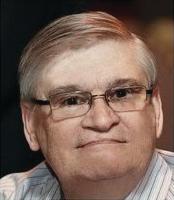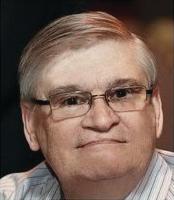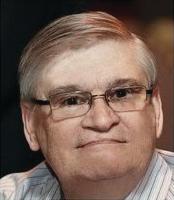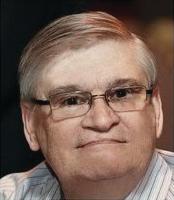In 1982 Bonnie Tyler recorded Jim Steinman’s “Total Eclipse of the Heart.” It’s rare a week goes by that we don’t hear this song on our favourite radio station. Why is it still popular and what does this have to do with business results?
In “Total Eclipse of the Heart,” Steinman uses a composition technique found in many hit songs. He wrote, “Every now and then,“ ”forever’s gonna start tonight,“ ”falling in love, … falling apart,“ ”nothing I can do, … nothing I can say."
The use of contrast is one of a songwriter’s most powerful tools.
In business, few executives succeed in aligning others to the organization’s desired outcomes. What’s often missing in their conversations is contrast.
For example, “Our people don’t work as a unified team; we work in silos and don’t communicate as well as we should. ... We have a strategic plan but we just don’t execute. ... Our supervisors don’t know the basics of supervision. … We need to reduce scrap, increase sales, lower costs, and become world-class.”
People cannot do a concept. In the above examples, working as a team, communicating, the basics of supervision, reducing scrap, increasing sales, lowering costs, executing, etc. are all concepts. They require the “receivers” to interpret the message and then decide what they think are appropriate actions.
Often these actions are not what management had in mind, nor do they produce the desired end results.
Here’s where Jim Steinman and his fellow songwriters can help: Clearly articulate the contrast between current reality and our desired outcomes.
Dale Carnegie gives us 12 specific ways to gain willing cooperation, such as dramatize your ideas, throw down a challenge, and appeal to nobler motives.
An example is, management may say, “We are moving from a vendor relationship with our clients to one of true collaboration.”
These are concepts, so let’s turn them into contrasting pictures.
The current reality is as follows: “Currently, we meet with our prospective customers and give them generic descriptions of our products (services). The questions we ask mostly revolve around technical specifications. Prospects call us for price quotes or specific product orders and we try to justify our prices, and prospects often ask for discounts.”
Let’s lay out the desired outcome: “Our desired outcome is uncovering our prospective clients’ highest aspirations, deepest values, and technical requirements.
“We ask questions, and their answers give us a clear picture of what they want and why. When we explain what we can do for them, we clearly articulate a specific application relative to their wants and needs.
“Customers call us not just to solve problems or fill an order, but to engage in dialogue about their current and future requirements. We know how they make money and how our products (services) help them maximize their financial viability.”
In this version, required actions immediately jump to mind. This approach gets the creative juices flowing, generating momentum as people see us moving toward our desired outcome.
In Air Supply’s “Making Love Out Of Nothing At All,” Jim Steinman wrote, “I know just how to whisper, and I know just how to cry, … I know when to pull you closer, and I know when to let you loose.”
In Celine Dion’s “It’s All Coming Back To Me Now,” he wrote, “If you forgive me all this, if I forgive you all that."
Expanding your business is an architectural “design and build” process, rather than a “seek and destroy” problems exercise. Focus your time, energy, resources, and attention on designing and building what is truly important to the organization’s future.
It’s an art, and successful artists can teach us artistic principles that work.




